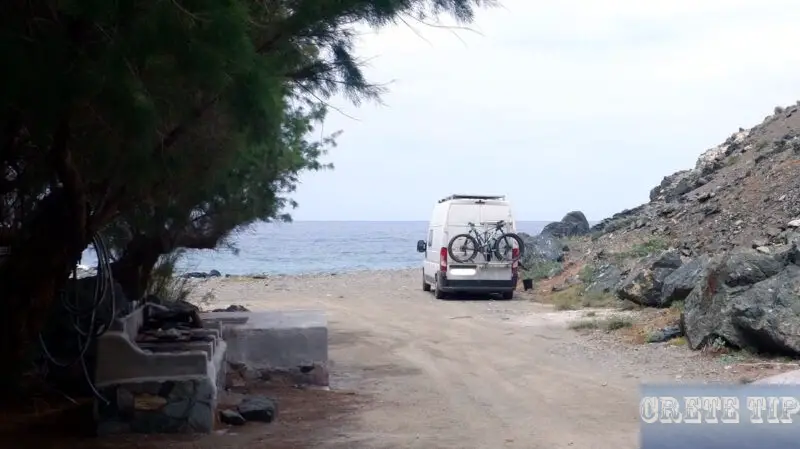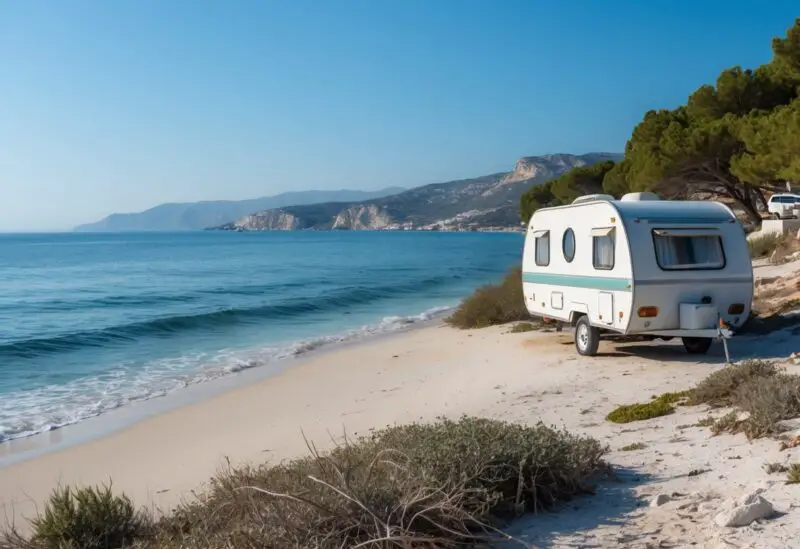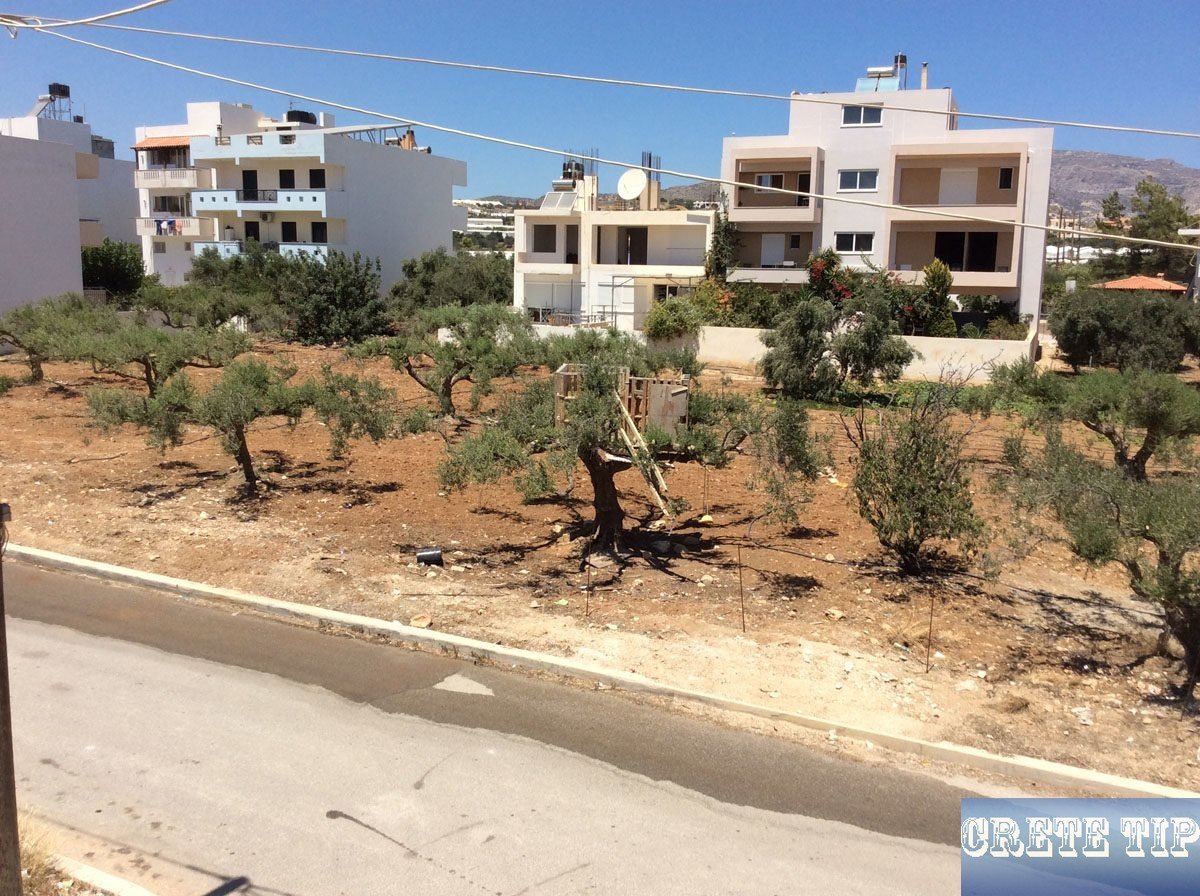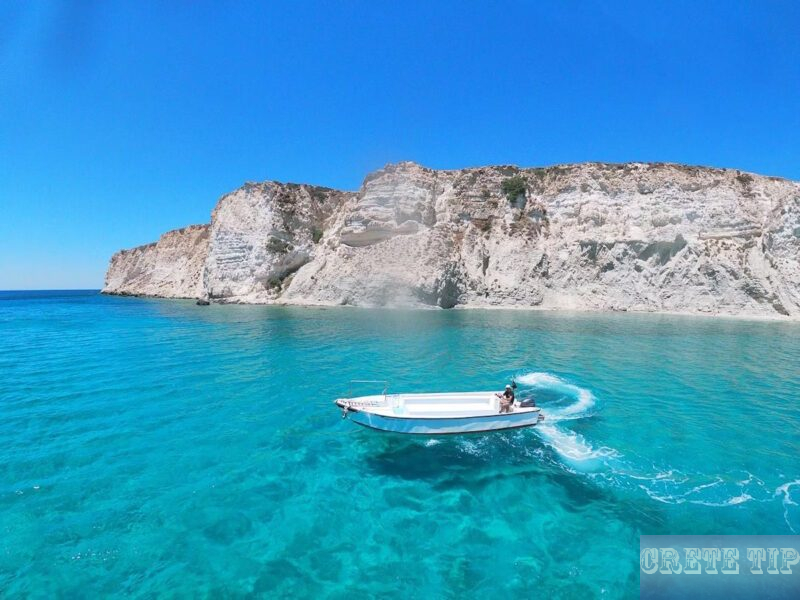When the new Road Traffic Act was passed by parliament, the rules for motorhomes and caravans were relaxed compared to the first draft.
Summary of Key Points on Road Code Changes for Motorhomes
The new Road Traffic Code (Law 5209/2025) brings in a set of clearer rules for motorhomes, trailers, and campervans. These apply both inside and outside residential areas, and honestly, it’s about time.
There are now specific limits on parking duration and locations. The idea is to give travellers more freedom, but not at the expense of local communities.
Parking Rules for Motorhomes
-
Inside residential areas:
- Motorhomes up to 7.5 metres can park with no time limit.
- If your vehicle’s longer, you get 24 hours max.
- Trailers? Same deal applies.
-
Outside residential areas:
- Parking’s allowed anytime in designated spots.
- If there’s no marked space, you can park at the road’s right edge, as long as you’re not blocking traffic.
Legal Definition and Usage Rights
For the first time, the law officially recognises motorhomes as vehicles meant for overnight stays while parked. That’s a big deal for clarity’s sake.
It also locks in the right for motorhome users to move and park fairly, treating them the same as other road users.
Impact on Tourism and Local Communities
The code supports travelling tourism, but it’s got an eye on the environment and local life too. It’s clearly designed to cut down on illegal parking and promote responsibility among motorhome folks.
Plus, it nudges tourism toward communities that usually get overlooked, which might just be the fresh boost some areas need.
Penalties and Enforcement
The law doesn’t mess around with violations:
- Fines can hit €3,000 for improper parking.
- There’s even the possibility of jail time in the worst cases.
- And if you really mess up, your driver’s licence could be suspended for up to a year.
Technological and Safety Considerations
The regulation sets out technical standards for vehicle design and parking. It’s meant to make things safer for everyone on the road.
By considering different motorhome sizes and types, it tries to keep mobility issues and accidents to a minimum.
Institutional Support and Development
This legislation shows transport authorities are finally getting with the times. Mobile tourism’s growing, and the law’s catching up.
Aspect |
Key Details |
|---|---|
Parking in towns |
Up to 7.5 m free parking; over 7.5 m limited to 24 hours |
Parking outside towns |
No time limits in marked spaces or roadside if safe |
Legal recognition |
Motorhomes defined as living spaces during parking |
Penalties |
Up to €3,000 fines; imprisonment; licence suspension |
Tourism benefits |
Boosts organised, responsible touring; helps local economies |
Safety focus |
Vehicle regulation to lower accident risk |
Community respect |
Limits abuse; supports balance between travellers and local needs |
Frequently Asked Questions
What are the latest rules for caravans and motorhomes?
The newest laws spell out where and how long you can park motorhomes, especially in residential zones. If your motorhome is up to 7.5 metres, you’re good to park without time limits, but some restrictions do apply for safety and traffic reasons.
How does the updated COC influence caravan design and manufacture?
The updated Certificate of Conformity (COC) demands stricter standards from manufacturers. They’ve got to check dimensions, safety features, and environmental compliance before a caravan hits the road.
This means vehicles are supposed to meet legal requirements from the get-go, not after the fact.
What new technologies will appear in future motorhomes?
Expect to see more advanced driver assistance, better connectivity, and smarter energy management in the next wave of motorhomes. These upgrades should make travel safer, more comfortable, and a bit more efficient—at least, that’s the hope.
Are there any new environmental rules for building caravans?
Yep, environmental standards are tighter now. Manufacturers have to use greener materials and solutions that cut down the carbon footprint of motorhomes and caravans.
Which safety features are now compulsory in recent caravan models?
New safety rules require things like enhanced braking systems, improved lighting, and stability controls. These features are meant to cut accident risks and make the road safer for everyone.
How will updates in the caravan sector affect travel and tourism?
Changes in laws and technology are probably going to make caravan travel both safer and more accessible. There’s a good chance this means folks will stick around longer in residential areas, too.
Eco-friendly travel is getting a boost, and honestly, the flexibility for tourists to just pick up and explore new places? That’s hard to beat.






